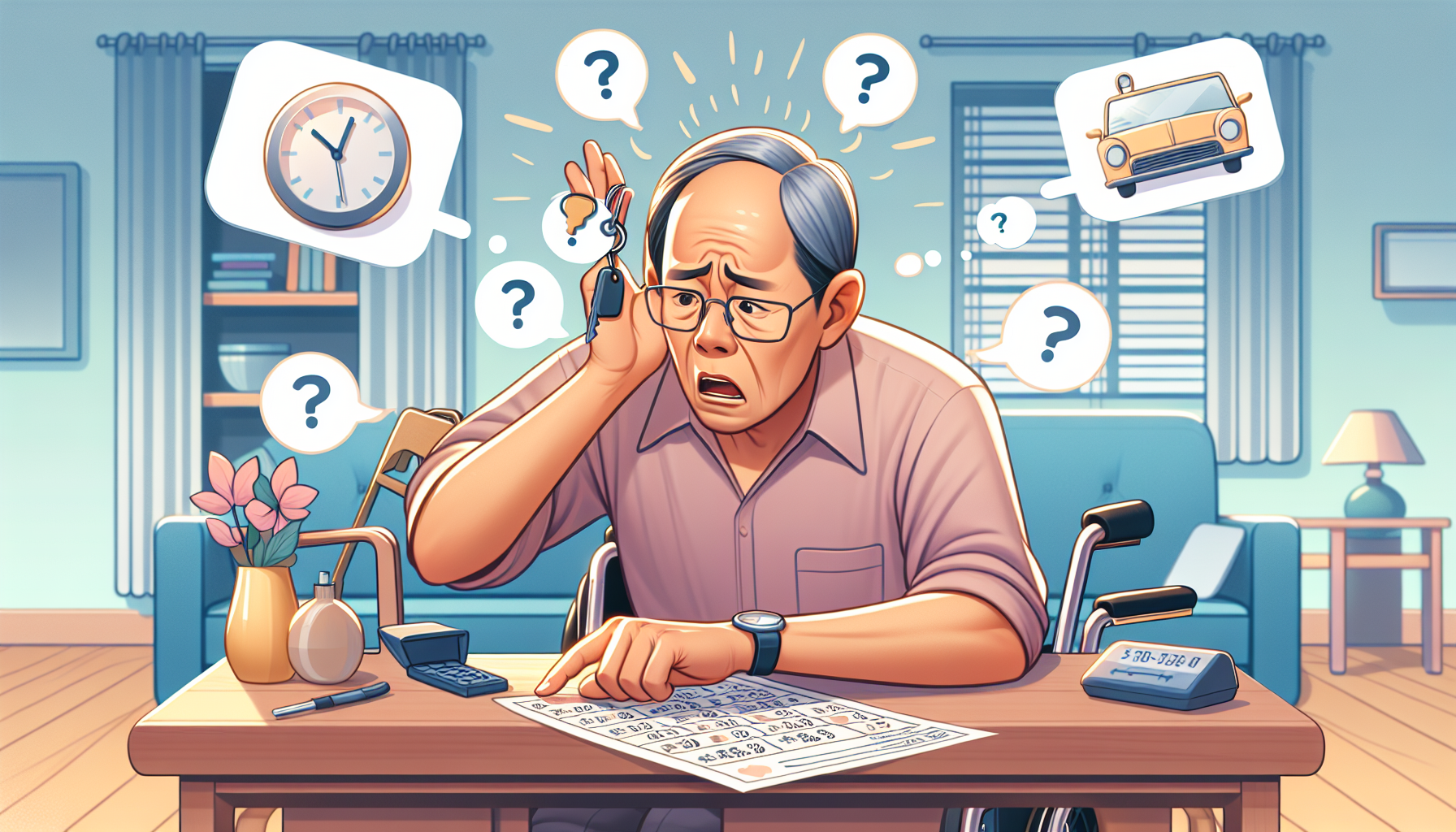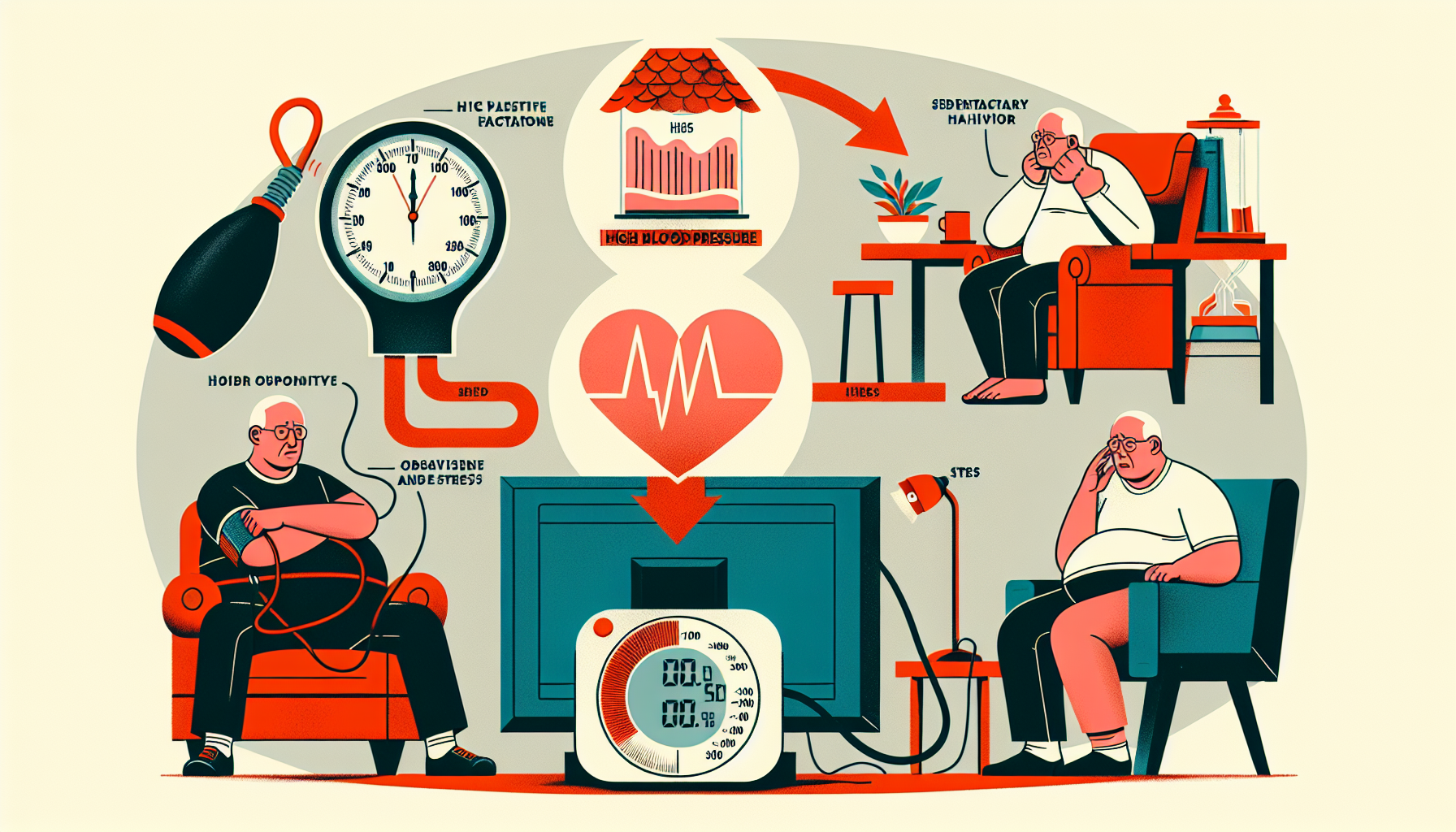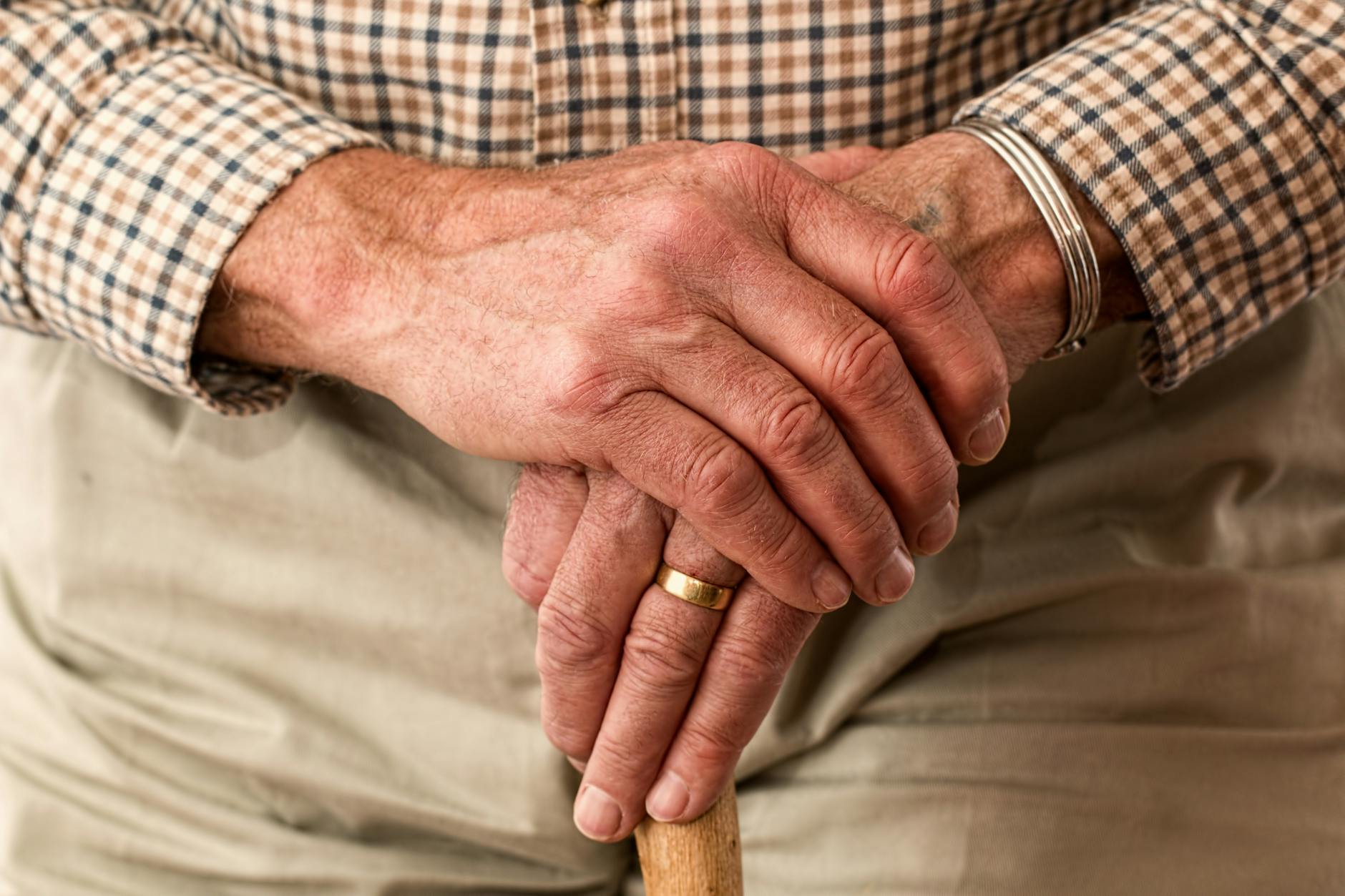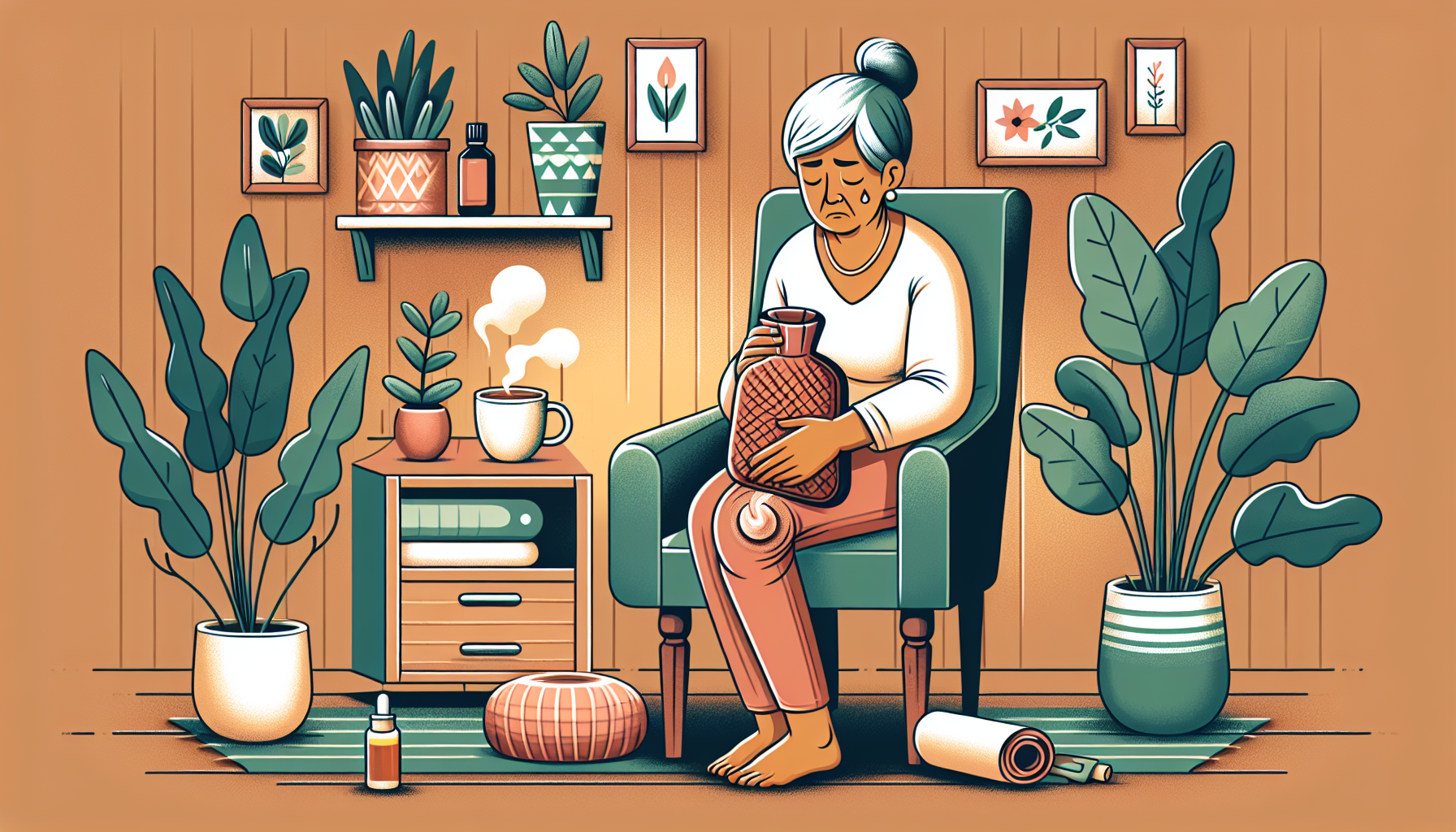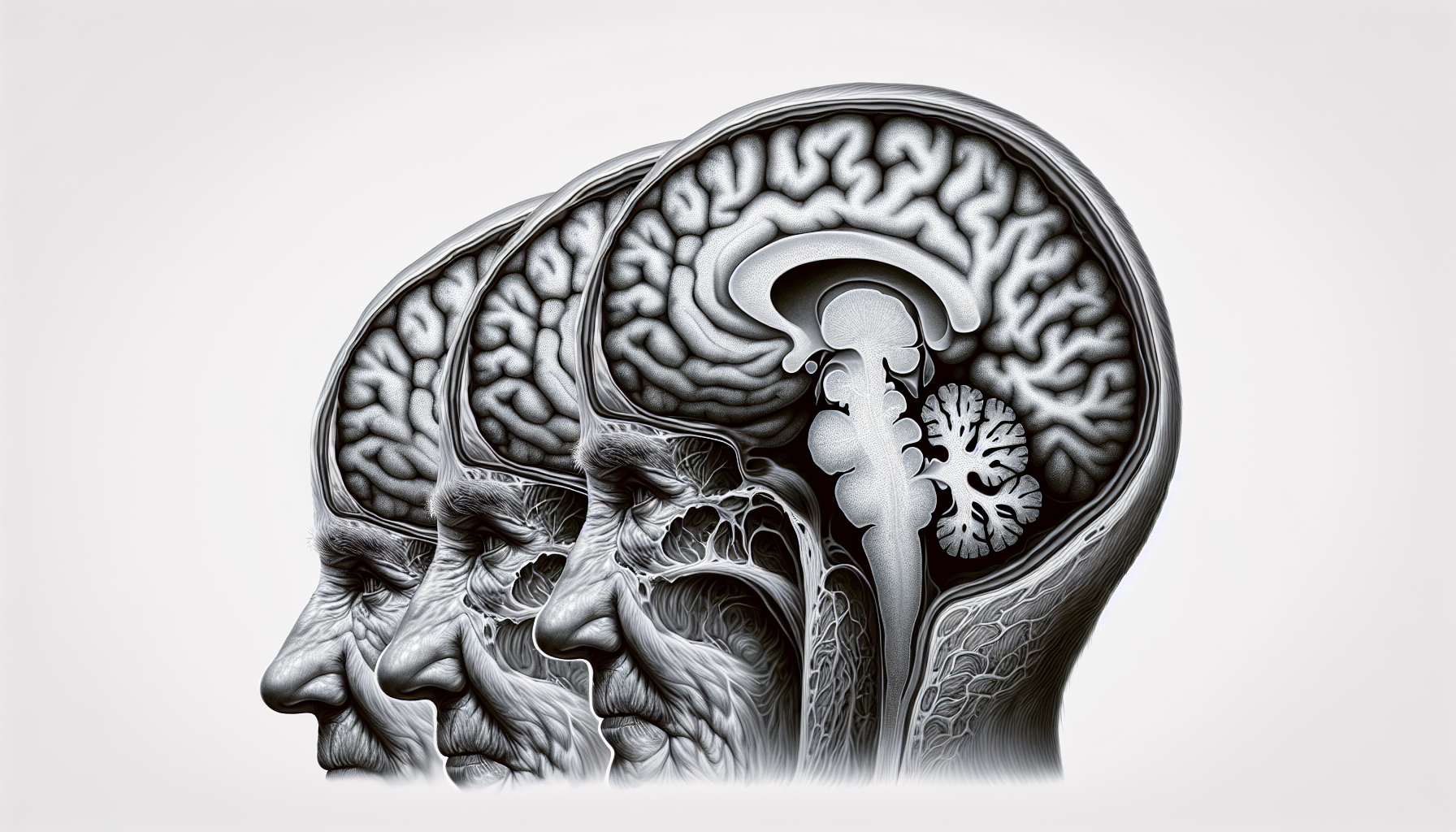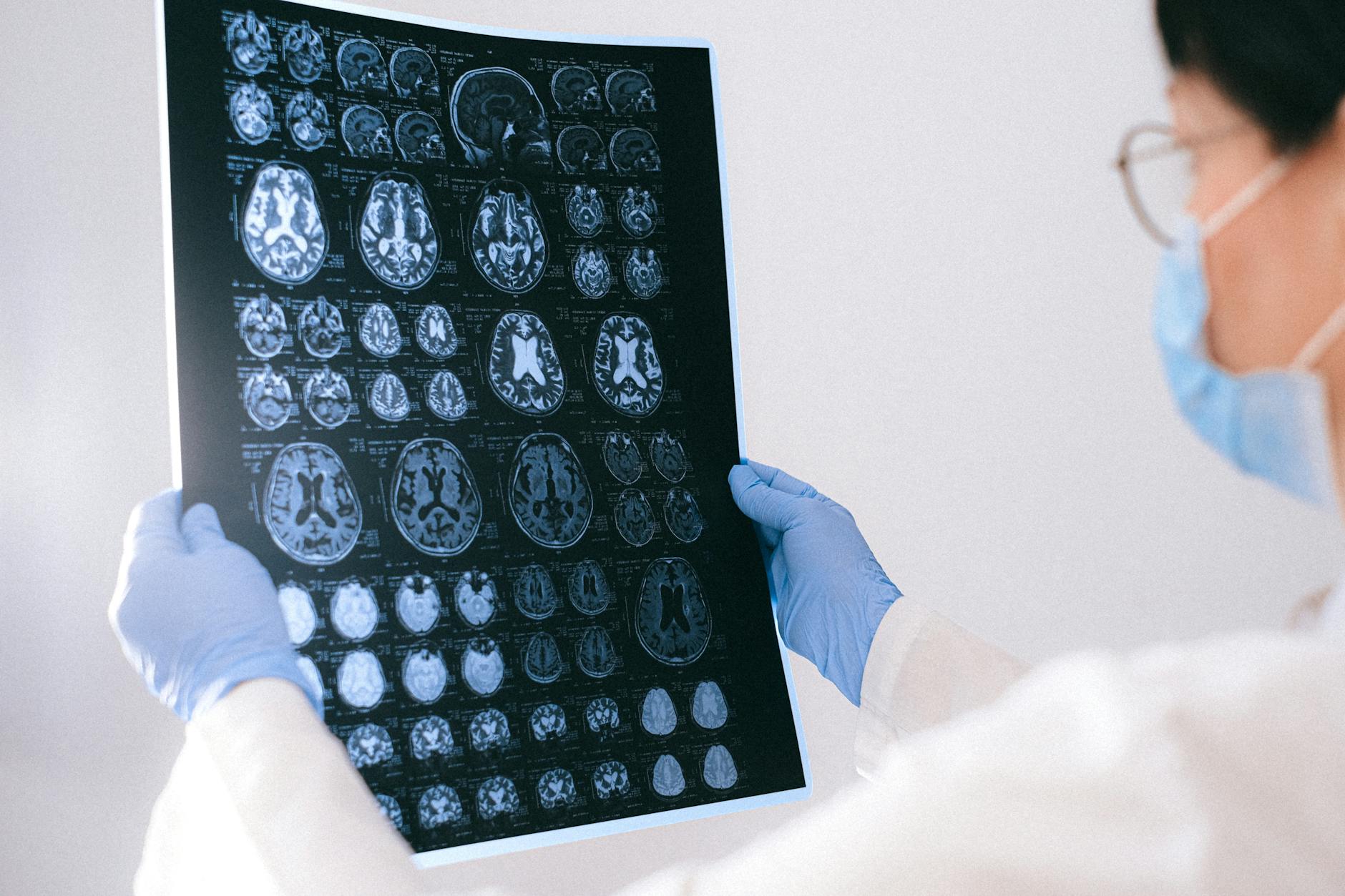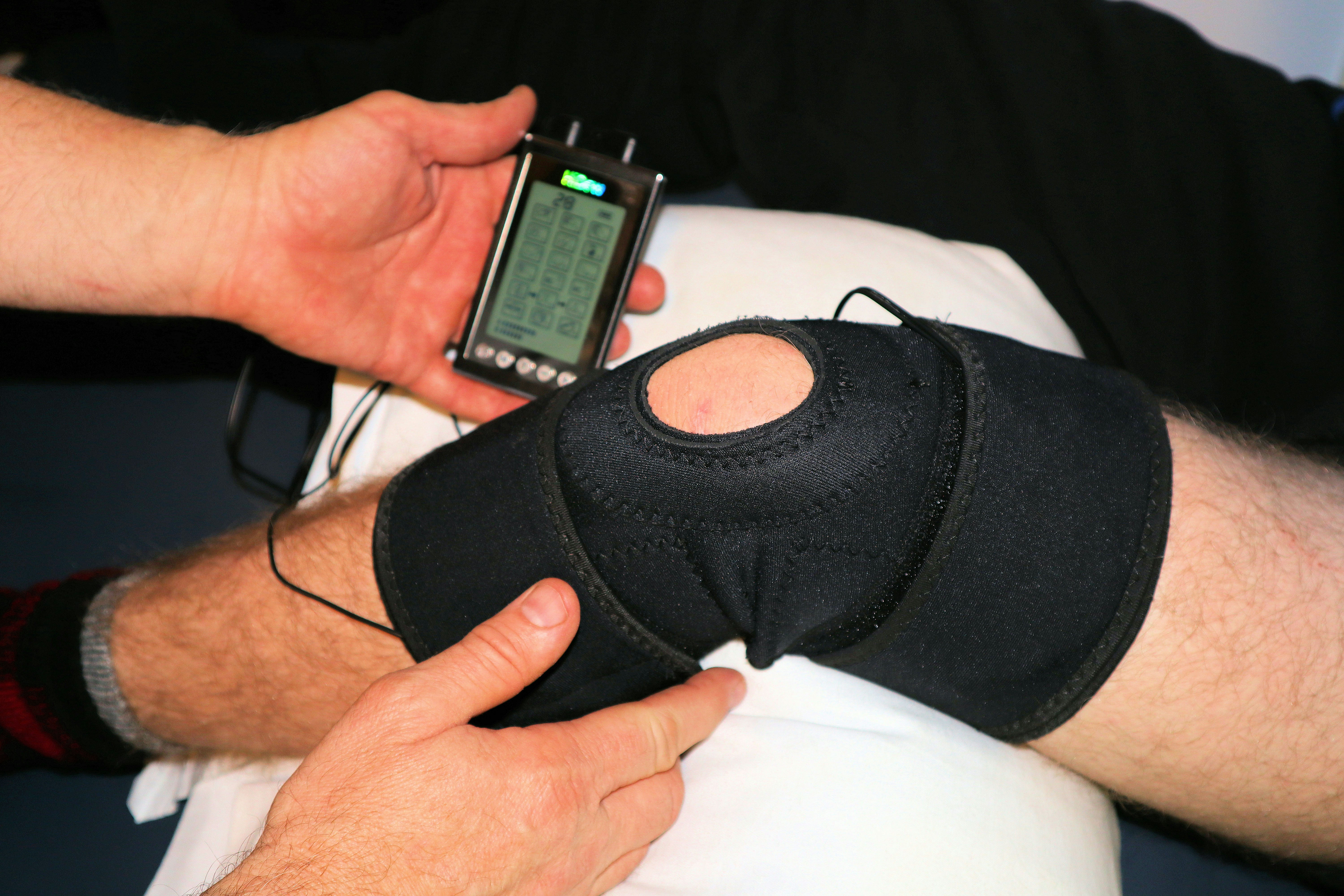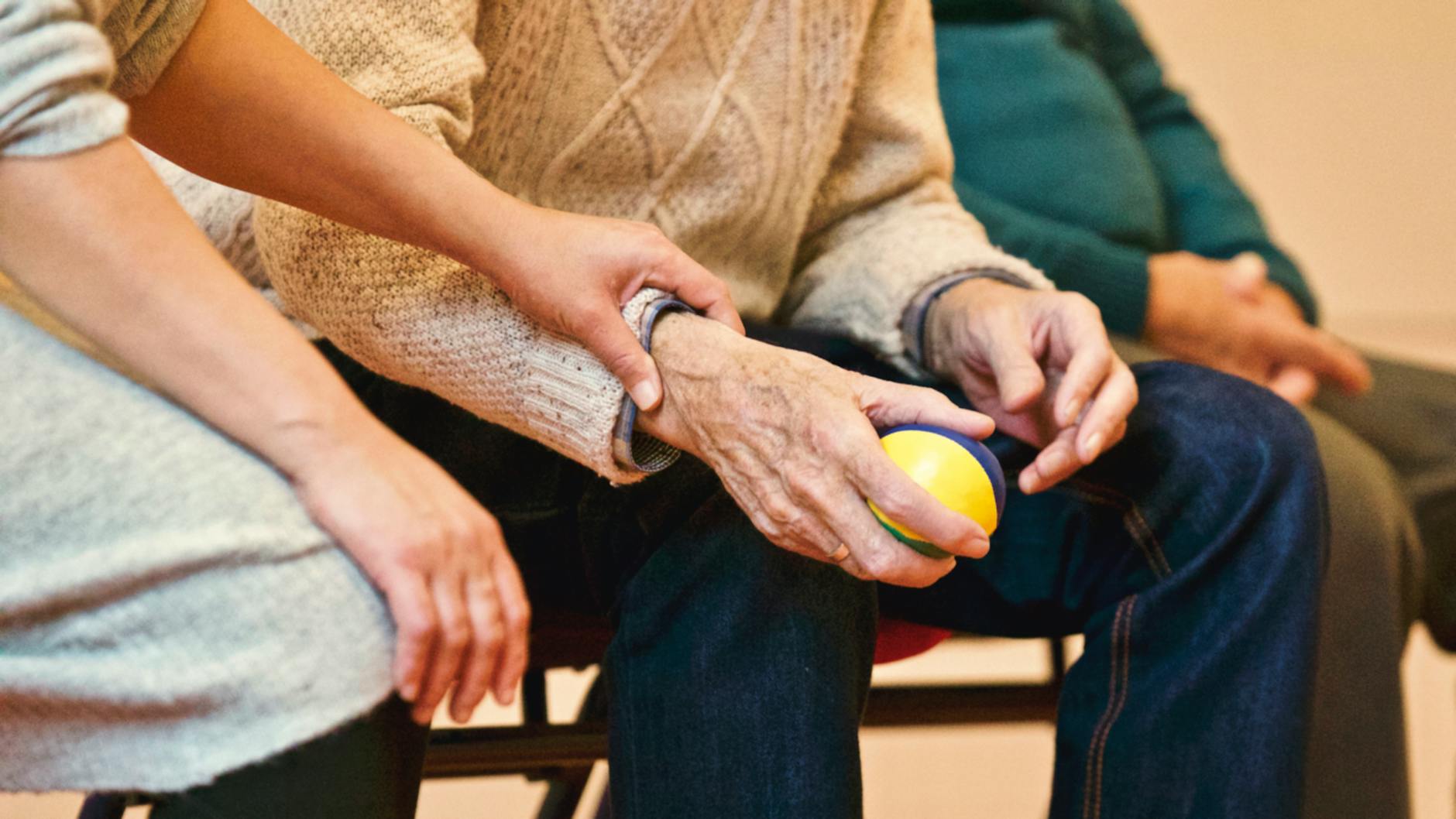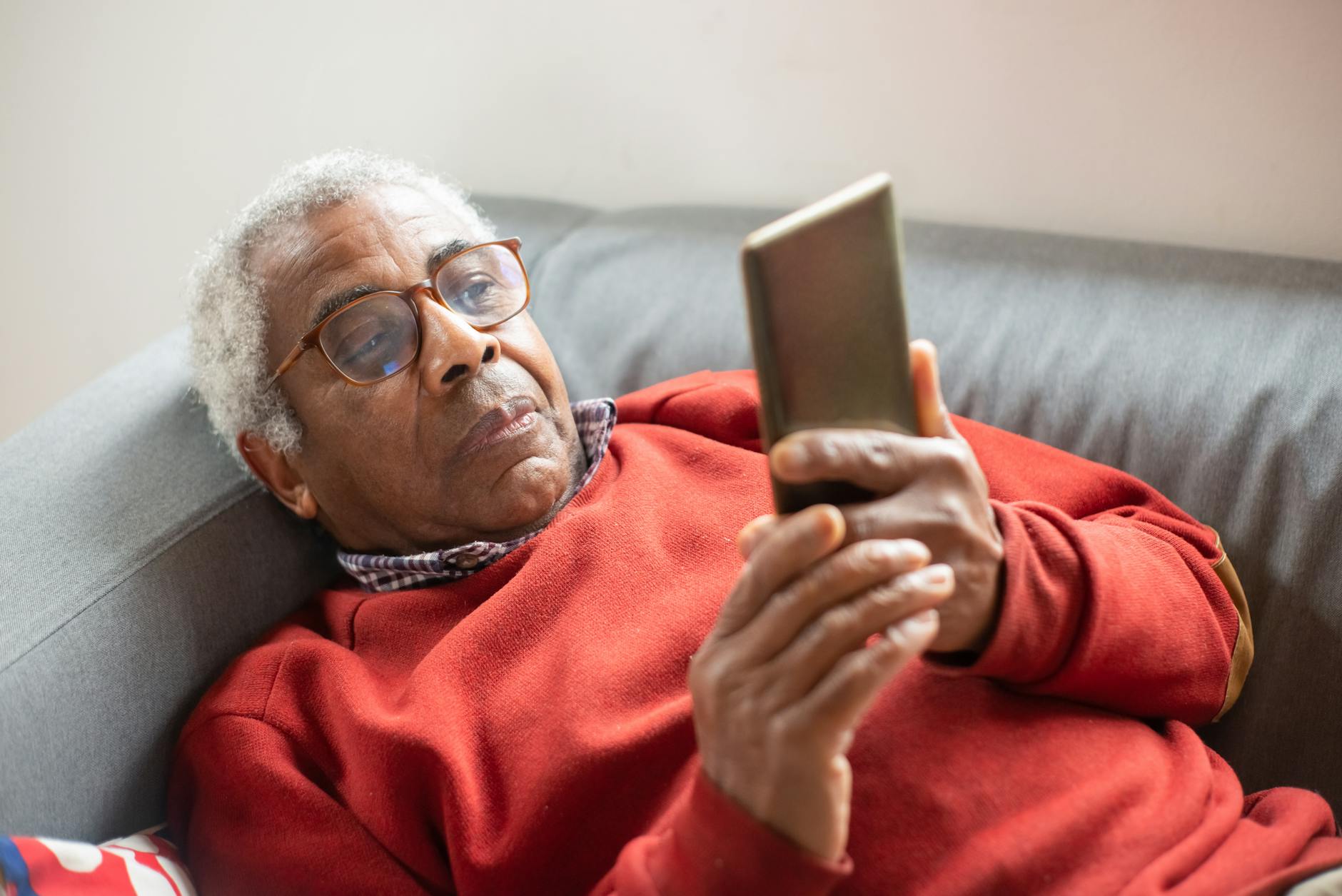Pain Management In Celebrity Home Care
Discover pain management in celebrity home care! Insights from Sir Patrick Stewart, Serena Williams, and more.

Understanding Palliative and Hospice Care
When it comes to managing pain and providing holistic care for individuals with serious illnesses, palliative care and hospice care play crucial roles. While there may be some overlap between the two, it's important to understand the key differences and the benefits they offer.
Differentiating Palliative and Hospice Care
Palliative care is specialized medical care provided to individuals with serious illnesses, such as cancer, heart disease, or dementia, with the goal of improving the quality of life by addressing physical, emotional, and spiritual aspects of their condition. It is typically offered to individuals with a life-limiting illness and can be initiated alongside other treatments to provide comprehensive support.

Palliative care can be provided at any stage of the illness, not just during the end-of-life phase. It focuses on managing symptoms, providing pain relief, and addressing the physical, emotional, and spiritual needs of the individual. The primary goal is to enhance the overall well-being and quality of life for the patient and their loved ones.
On the other hand, hospice care is specifically designed for individuals in the final stages of a serious illness, when their focus turns from seeking a cure to seeking quality of days for the time that remains. Hospice care provides comfort and support, primarily focusing on pain management and alleviating symptoms to ensure a peaceful and dignified end-of-life experience. It is delivered by a specialized team that includes doctors, nurses, social workers, chaplains, and other professionals, who work together to meet the unique needs of the patient and their family.
Benefits of Palliative and Hospice Care
Both palliative care and hospice care offer numerous benefits to patients and their families. Some of these include:
It's important to note that palliative care can be provided at various stages of an illness, while hospice care is specifically for individuals nearing the end of life. Both forms of care can be provided in different settings, including hospitals, specialized hospice facilities, and even at home [1].
By understanding the distinctions between palliative care and hospice care, caregivers and patients can make informed decisions about the most appropriate type of care for their specific needs. The goal is to ensure that individuals facing serious illnesses receive the support, pain management, and comfort they need to enhance their quality of life during every stage of their journey.
Celebrity Perspectives on Pain Management
When it comes to pain management, even celebrities face their own challenges and seek various strategies to find relief. Let's take a look at how some well-known figures approach pain management in their lives.
Sir Patrick Stewart's Approach to Pain
Sir Patrick Stewart, known for his roles in various films and TV shows, deals with genetic osteoarthritis in his hands. To alleviate the pain and stiffness associated with this condition, he has turned to medical marijuana. Stewart obtained a legal prescription in California and incorporates edibles, sprays, and ointments into his daily routine. He supports further research into marijuana-based treatments, recognizing the potential benefits it can offer to those experiencing chronic pain.
Serena Williams' Migraine Management
Tennis legend Serena Williams has been open about her struggles with migraines. To prevent migraine attacks, Williams started taking Ubrelvy, a prescription medication, at the onset of an episode. By partnering with the drug manufacturer, she aims to raise awareness about migraines and encourage others to share their stories. Williams is an advocate for finding effective treatments and support for those who experience migraines [3].
Pete Davidson's Use of Medical Marijuana
Comedian and actor Pete Davidson has dealt with Crohn's disease since his teenage years. To manage his pain and settle his stomach, he found that smoking marijuana was helpful. Cannabinoids present in marijuana can assist in easing chronic pain. Davidson's experience with medical marijuana showcases the potential benefits of this alternative treatment option, which can be consumed in various forms.
Lady Gaga's Multifaceted Pain Management
Lady Gaga, a prominent singer and actress, copes with fibromyalgia, a chronic pain condition. She employs a multifaceted approach to manage her pain. Gaga incorporates various techniques into her routine, such as using infrared saunas, taking cold baths, applying ice packs, and utilizing antipsychotics and antidepressants. Additionally, she engages in daily workouts, practices Transcendental Meditation, and participates in talk therapy. By sharing her coping strategies on social media and in interviews, Gaga brings awareness to fibromyalgia and provides insight into her personal pain management journey [3].
Travis Barker's Alternative Pain Relief
Musician Travis Barker, known as the drummer of Blink-182, faces his own challenges with pain. Barker deals with trigeminal neuralgia and residual pain from a plane crash. To manage his pain, he has turned to alternative therapies. Barker relies on acupuncture to ease his symptoms and incorporates vegan CBD products into his routine. In fact, he even founded a vegan CBD company in 2021. These alternative approaches aid him in managing his pain and improving his sleep quality.
By exploring the pain management strategies of these celebrities, we can gain insight into the diverse approaches individuals may take when it comes to finding relief. It's important to remember that everyone's experience with pain is unique, and what works for one person may not necessarily work for another.
Alternative Therapies for Pain Management
When it comes to pain management, alternative therapies can provide additional options for individuals seeking relief. These therapies focus on holistic approaches to address pain and promote overall well-being. Here, we explore a few alternative therapies that have been used for pain management: acupuncture, chiropractic treatments, therapeutic touch and reiki healing, and dietary approaches.
Acupuncture for Pain Relief
Acupuncture is a practice rooted in traditional Chinese medicine. It involves the insertion of thin needles into specific points on the body. According to WebMD, acupuncture may be helpful as an accompanying treatment for many pain-related conditions, including headache, low back pain, menstrual cramps, carpal tunnel syndrome, tennis elbow, fibromyalgia, osteoarthritis, and myofascial pain. It is believed that acupuncture stimulates the release of endorphins, natural chemicals in the body that help block pain signals.
Chiropractic Treatments for Pain
Chiropractic treatments focus on the diagnosis and non-surgical treatment of disorders of the musculoskeletal system, particularly the spine. Research suggests that chiropractic treatments may be helpful for headaches, neck pain, certain arm and leg conditions, and whiplash. Additionally, massage therapy, often used in conjunction with chiropractic treatments, has been increasingly utilized by individuals suffering from chronic back and neck problems [4].
Therapeutic Touch and Reiki Healing
Therapeutic touch and reiki healing are alternative therapies that aim to activate the self-healing processes of an individual and, in turn, reduce pain. Therapeutic touch involves the practitioner placing their hands near the patient's body, while reiki healing utilizes the transfer of energy through the practitioner's hands. While these therapies are believed to provide pain relief, further studies are needed to establish evidence-based recommendations for their use in pain treatment.
Dietary Approaches to Alleviate Pain
Some individuals believe that modifying dietary fat intake and incorporating plant foods with anti-inflammatory properties may help ease pain by reducing inflammation. While further research is needed to determine the effectiveness of dietary modifications as a pain treatment, exploring dietary approaches can be a valuable addition to an individual's pain management plan. Consulting with a healthcare professional or registered dietitian can provide guidance on incorporating these dietary changes for pain relief.
When considering alternative therapies for pain management, it is essential to consult with healthcare professionals who are knowledgeable in these areas. They can guide individuals in selecting appropriate therapies and ensure they are integrated safely into their overall pain management plan. Each person's pain experience is unique, so exploring different alternative therapies can help individuals find the approaches that work best for them.
Pain Management in Terminal Illness
When it comes to managing pain in terminal illness, a comprehensive approach is necessary to ensure the comfort and well-being of patients. Understanding the causes of pain, implementing pharmacological and non-pharmacological techniques, and providing comprehensive palliative care are crucial aspects of pain management in this context.
Understanding the Causes of Pain
Pain in terminal illness can be caused by physical, psychological, or a combination of both factors. Physical pain may result from the underlying illness, while psychological pain may be emotional or spiritual in nature. It's important to recognize that addressing psychological issues can sometimes improve physical pain [5].
Regular pain assessments are essential in understanding how pain changes over time and responds to different painkillers. This aids in tailoring the pain management approach to the individual patient's needs. Assessing pain in non-communicative patients may involve using visual charts or obtaining information from caregivers [5].
Pharmacological Pain Management
Pharmacological interventions play a significant role in managing pain in terminal illness. Opioids, such as morphine, are commonly used for pain management, as they effectively alleviate moderate to severe pain. However, it's important to note that opioids may have side effects, including the risk of opioid overdose. Other non-opioid painkillers and drugs used to manage other symptoms can also help in pain control.
In the case of breakthrough pain, where a patient's pain increases despite ongoing pain management, fast-acting opioids like Oramorph liquid or oxycodone capsules may be employed. Anticipating breakthrough pain and prescribing appropriate drugs as required is crucial to managing this type of pain.
Managing Breakthrough Pain
Breakthrough pain is a sudden and intense flare-up of pain that occurs despite ongoing pain management. To address this, fast-acting opioids can be administered as needed to provide immediate relief. It's important to anticipate breakthrough pain and ensure that patients have access to appropriate medications to manage these episodes effectively.
Non-Pharmacological Techniques
In addition to pharmacological interventions, non-pharmacological techniques can also play a valuable role in pain management. These techniques aim to enhance comfort and promote relaxation. Examples of non-pharmacological techniques include massage therapy, relaxation exercises, music therapy, and aromatherapy. These approaches can help alleviate both physical and psychological pain, enhancing the overall well-being of patients.
Comprehensive Palliative Care
Comprehensive palliative care is essential in managing pain in terminal illness. Palliative care focuses on providing relief from symptoms, including pain, while also addressing the emotional, psychosocial, and spiritual needs of patients. It involves a multidisciplinary approach, with a team of healthcare professionals working together to ensure the best possible quality of life for patients and their families.
By understanding the causes of pain, implementing pharmacological and non-pharmacological techniques, and providing comprehensive palliative care, healthcare providers can effectively manage pain in terminal illness. This comprehensive approach aims to enhance the comfort and well-being of patients, allowing them to live their remaining days with dignity and as pain-free as possible.
Cultural and Ethical Considerations in Pain Management
When it comes to pain management, it is important to consider the cultural and ethical aspects of providing effective care. Understanding the disparities in pain treatment, the role of health professionals, the impact of chronic pain on society, and the ethical framework for pain management helps ensure that individuals receive the support they need.
Ethnic Disparities in Pain Treatment
Studies have shown that there are significant ethnic disparities in pain treatment. All types of pain, including traumatic, postoperative, chronic, non-cancer, cancer, and end-of-life pain, often remain untreated or undertreated [6]. This can be attributed to various factors, such as inadequate physician-patient relationships, insufficient knowledge regarding pain management, fears associated with opioid prescription, and patients' resistance to using opioids. It is crucial to address these disparities and provide equitable pain management for individuals of all backgrounds.
Role of Health Professionals in Pain Management
Health care professionals play a vital role in pain management. They have an ethical obligation to relieve pain and improve the quality of life for their patients [6]. This responsibility goes beyond simply refraining from harmful acts. Physicians have a duty to take positive steps to help others, even if they are not clinically responsible for them. Establishing trust, open communication, and a patient-centered approach are essential in providing effective pain management.
Impact of Chronic Pain on Society
Chronic pain has a significant impact on individuals and society as a whole. It can lead to decreased quality of life, limitations in daily activities, increased healthcare costs, and productivity loss. The burden of chronic pain affects not only the individuals experiencing it but also their families, caregivers, and communities. Recognizing and addressing the impact of chronic pain is crucial for developing comprehensive pain management strategies.
Ethical Framework for Pain Management
To ensure ethical and effective pain management, an ethical framework is needed. This framework should consider ethical principles such as integrity, autonomy, equity, non-maleficence, and beneficence. It should aim to reduce asymmetries, improve patient-clinician relationships and communication, and increase accountability for pain management.
By linking the epistemic domains of pain management to their anthropological foundations, an ethically sound framework can be established to guide healthcare professionals in providing compassionate and equitable pain management.
Considering the cultural and ethical aspects of pain management allows for a more comprehensive and patient-centered approach. By addressing ethnic disparities, understanding the role of health professionals, acknowledging the impact of chronic pain on society, and implementing an ethical framework, we can strive towards providing optimal pain management for individuals in celebrity home care and beyond.
Effective Pain Management Strategies
When it comes to managing pain in celebrity home care, there are several strategies that can be employed to provide relief and improve the quality of life. These strategies include early initiation of palliative care, following the World Health Organization's step-care approach to pain management, utilizing opioid drugs for pain relief, and incorporating adjuvant analgesics for specific situations.
Early Initiation of Palliative Care
According to Johns Hopkins Medicine, early initiation of palliative care is crucial for effective pain management. Palliative care aims to improve the quality of life for individuals with serious illnesses, focusing on providing relief from pain, symptoms, and stress, rather than seeking a cure. Delayed referral to palliative care is a common issue, but starting this care early can significantly improve the quality of life for individuals suffering from moderate to severe pain.
WHO's Step-Care Approach to Pain Management
The World Health Organization (WHO) advocates for a step-care approach to pain management. This approach involves a progressive treatment plan based on the severity of pain. As explained by Johns Hopkins Medicine, the steps of this approach are as follows:
By following this step-care approach, healthcare providers can tailor the treatment plan to the individual's pain level and provide appropriate pain relief.
Opioid Drugs for Pain Relief
Opioid drugs are commonly used for moderate to severe pain management. These medications bind to opioid receptors in the body, reducing the perception of pain. However, it's important to note that opioids can lead to tolerance over time, requiring higher doses for the same effect. Different administration methods for opioids include oral medicines, adhesive patches, injections, IV administration, medicine pumps, and spinal injections.
Adjuvant Analgesics for Specific Situations
In addition to pain medications, adjuvant analgesics can be used in combination to help control pain in specific situations. These adjuvant analgesics include steroids, antidepressants, anticonvulsants, local anesthetics, muscle relaxants, and bisphosphonates. They work in conjunction with pain medications to provide enhanced pain relief, particularly in cases where the pain is neuropathic, inflammatory, or caused by muscle spasms or bone metastases.
By incorporating these effective pain management strategies, caregivers and healthcare professionals can work together to alleviate pain, improve comfort, and enhance the overall well-being of individuals in celebrity home care. It is important to tailor the approach to the specific needs and preferences of each individual, ensuring that pain management is personalized and sensitive to their unique circumstances.
References
[1]: https://www.h2hhc.com/blog/home-care-vs-palliative-care
[2]: https://rozeroom.org/the-differences-between-home-health-care-palliative-care-and-hospice-care/
[3]: https://www.everydayhealth.com/chronic-pain/what-celebrities-who-experience-chronic-pain-have-to-say/
[4]: https://www.webmd.com/pain-management/pain-management-alternative-therapy
[5]: https://www.mariecurie.org.uk/professionals/palliative-care-knowledge-zone/symptom-control/pain-control
[6]: https://www.ncbi.nlm.nih.gov/pmc/articles/PMC5962306/
[7]: https://www.hopkinsmedicine.org/health/wellness-and-prevention/palliative-care-methods-for-controlling-pain









